How Age-Related Vision Loss Can Be Slowed With the Right Support
If you’ve noticed your eyesight isn’t as sharp as it used to be, you’re not alone — age-related vision loss is a common concern for millions of people over 40. While this natural change can feel frustrating, the good news is that there are effective ways to slow it down and keep your vision clear for longer. By understanding the causes and making the right lifestyle adjustments, you can give your eyes the support they deserve.
Why Vision Declines With Age
Our eyes, like the rest of our body, change as we grow older. The lens may become less flexible, the retina more sensitive to damage, and the protective structures of the eye weaker over time. Common factors that speed up age-related vision loss include:
- Prolonged screen use without proper eye breaks.
- Poor lighting when reading or working.
- Lack of essential nutrients in the diet.
- Chronic health conditions such as diabetes or high blood pressure.
- Environmental factors like UV exposure or pollution.
While some of these changes are inevitable, many are influenced by habits we can control.
The Hidden Impact of Vision Decline
Vision loss isn’t just about not being able to read fine print. It can affect independence, confidence, and overall quality of life. Struggling to see clearly can lead to:
- Difficulty driving, especially at night.
- Increased risk of tripping or falling.
- Avoiding social activities due to eye strain.
- Fatigue from constantly squinting or adjusting focus.
By acting early, you can avoid these challenges and maintain an active, fulfilling lifestyle.
Common Approaches to Vision Support
When eyesight starts to decline, most people turn to familiar solutions like:
- Prescription glasses or contact lenses – Effective for correcting refractive errors but do not slow further decline.
- Surgical options – Such as cataract removal or corrective laser surgery, which may not be suitable for everyone.
- Eye exercises – Helpful for reducing strain, but require consistent practice.
- Dietary changes – Including more leafy greens, colorful vegetables, and omega-rich foods.
While these can help, many people find they still experience gradual deterioration over time.
A Different Approach: Targeted Support
One of the most promising ways to slow age-related vision loss is by supporting the eyes directly with targeted, non-invasive methods. These approaches work by:
- Providing key nutrients and antioxidants to protect against oxidative stress.
- Supporting blood flow to the eyes for better oxygen and nutrient delivery.
- Reducing strain from daily activities like reading or screen time.
- Promoting long-term retinal and lens health.
This type of support can be integrated easily into daily life, without the need for drastic changes or invasive procedures.
Why It’s Worth Considering
Compared to other methods, targeted vision support offers several advantages:
- ✅ Non-invasive – No surgeries or risky interventions.
- ⏱ Quick to integrate – Can fit into your existing routine with minimal effort.
- 🌿 Natural support – Works with your body instead of against it.
- 📈 Long-term benefits – Helps maintain vision quality for years to come.
These benefits make it an attractive option for anyone serious about protecting their eyesight.
Real-Life Examples
Imagine being able to read your favorite book without constantly adjusting your glasses, or confidently navigating a dimly lit restaurant without hesitation. Many people who adopt consistent vision support strategies report sharper vision, reduced eye fatigue, and an overall improvement in daily comfort.
Ready for the Next Step?
If you want to explore a specific, fast-acting and natural approach that many are using to slow age-related vision loss, the next article dives into exactly how it works, what makes it effective, and real stories from people who have tried it.
👉 Read the full iGenics Review here
By making informed choices and taking proactive steps today, you can give your eyes the protection they need to stay clear, sharp, and healthy for years to come.
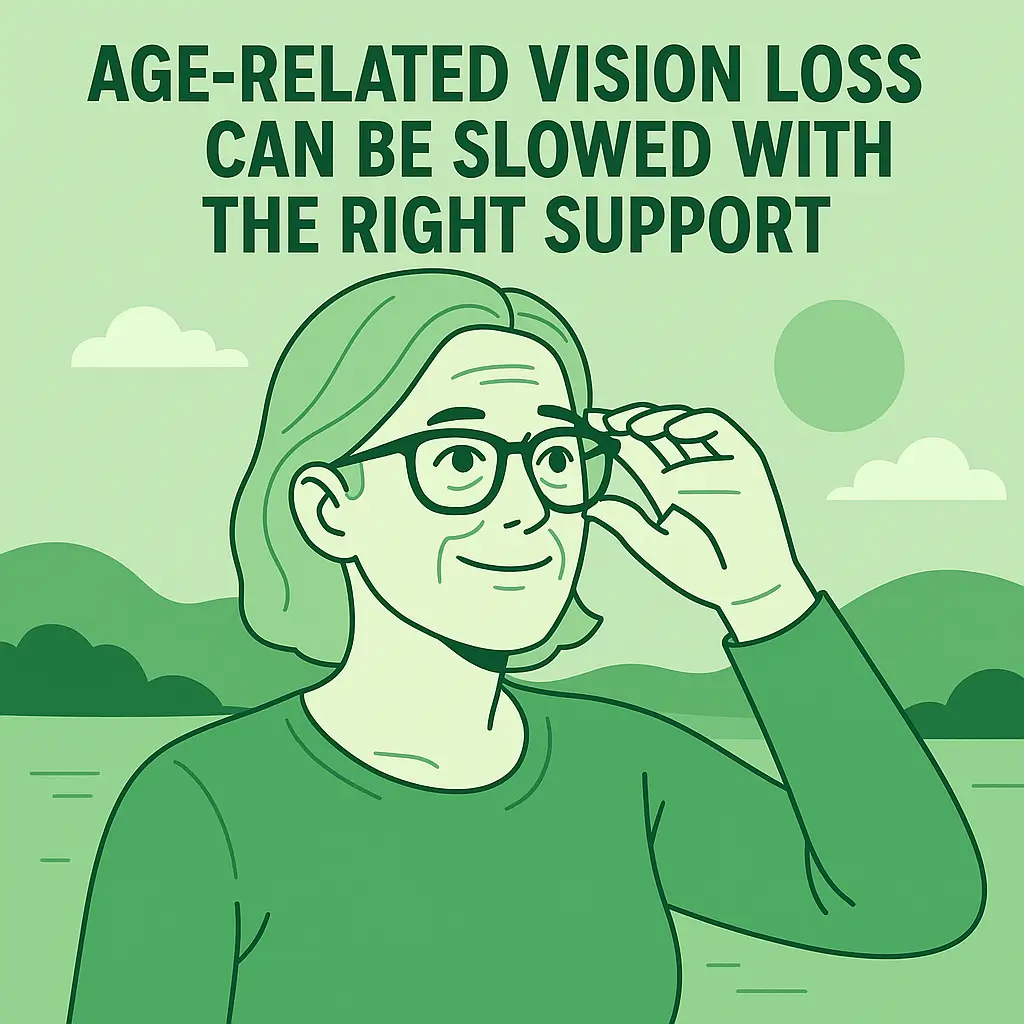

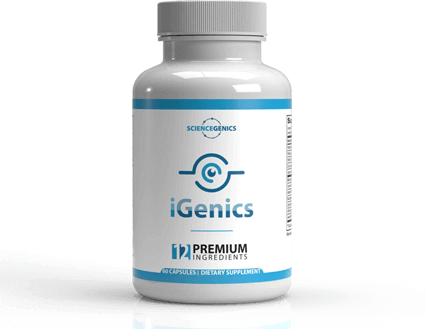

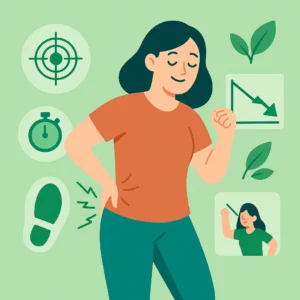
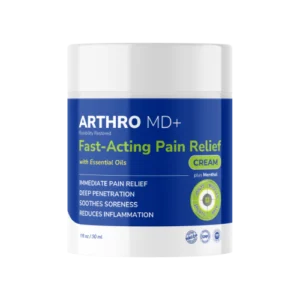
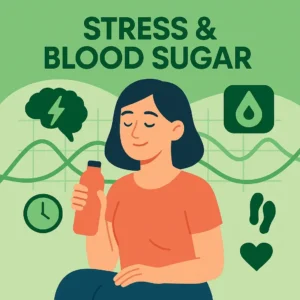

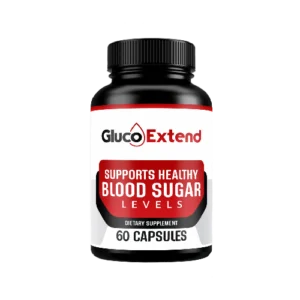
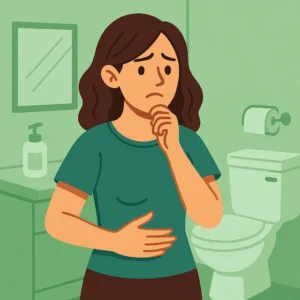

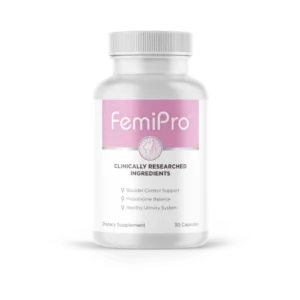

Post Comment